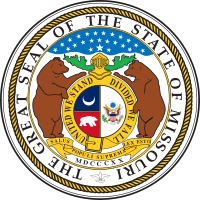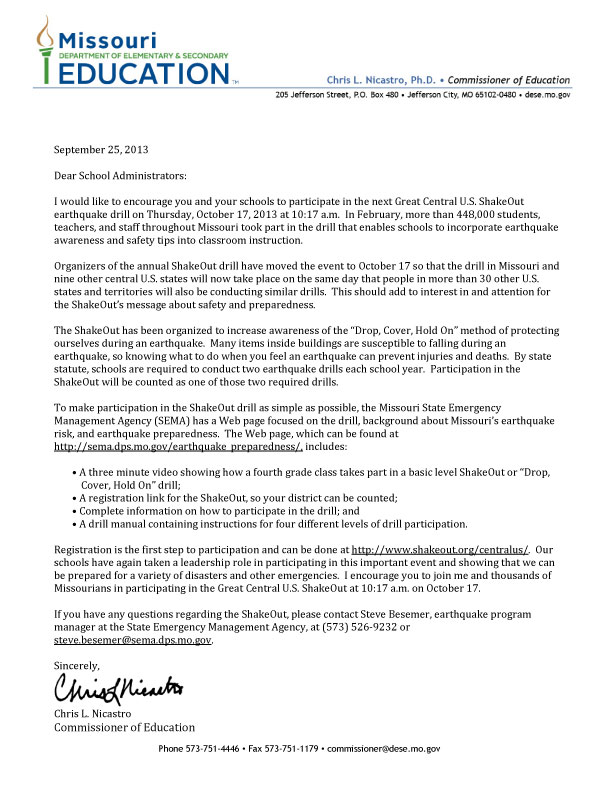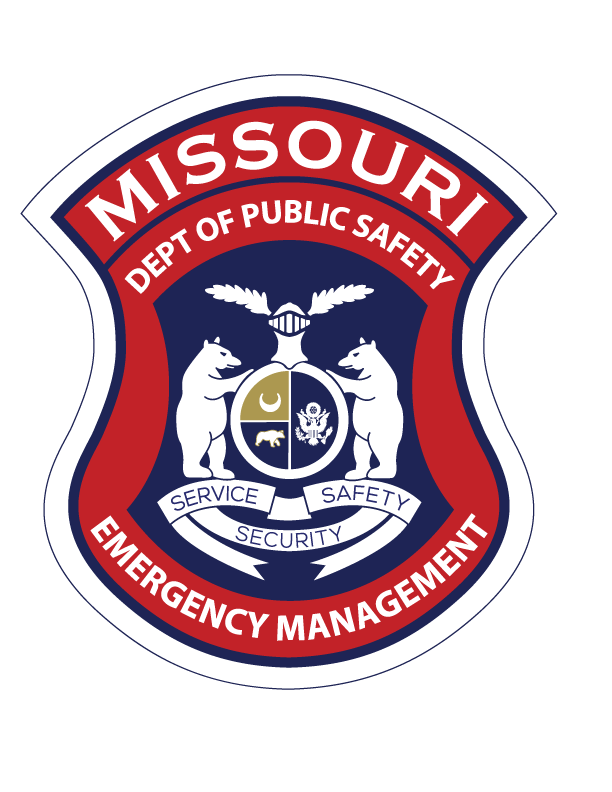- ▾ Other ShakeOuts ▾
- Alaska
- American Samoa
- Arizona
- British Columbia
- California
- Central U.S. (AL AR IA IL IN KS KY LA MO MS NE OH OK TN)
- CNMI
- Colorado
- Guam
- Hawaii
- Idaho
- Japan
- Montana
- Nevada
- New Mexico
- New Zealand
- NorthEast U.S. (CT MA ME NH NJ NY PA RI VT)
- Oregon
- Puerto Rico
- Quebec & Eastern Ontario
- SouthEast U.S. (DC DE FL GA MD NC SC VA WV)
- Texas
- Upper MidWest U.S. (MI MN ND SD WI)
- U.S. Virgin Islands
- Utah
- Washington State
- Wyoming
- Yukon
- Other Countries

Missouri
The Great Central U.S. ShakeOut is a multi-state drill spanning much of the central United States. This page has information for participants living in Missouri.
Points of Contact
State Earthquake Program Manager
Jeff Briggs, Missouri Emergency Management Agency
Email: jeff.briggs@sema.dps.mo.gov
Phone: (573) 526-9232
Website: sema.dps.mo.gov/earthquake_preparedness
FEMA Regional Earthquake Program Manager
Cheickh Koma, FEMA Region VII
Email: cheickh.koma@fema.dhs.gov
Phone: (816) 283-7067
Connect with Missouri ShakeOut on Facebook and Twitter
Participants
people are currently registered to participate in this year's Great Central U.S. ShakeOut.
are from
Missouri
Number of Missouri participants in each category
View names of participants:
Missouri Earthquake Hazards
Small earthquakes and tremors occur frequently in Missouri. Thousands of quakes have been noted in the state since 1795 and have been recorded since 1908. In recent times, earthquakes have been known to rock tall buildings and crack plaster in Missouri homes. Most were accompanied by numerous aftershocks, which are a series of successive quakes that can cause more damage than the initial shock. Geologic studies indicate that large earthquakes occurred within the southeastern Missouri region in approximately 300 AD, 900 AD, and 1400 AD. Lesser quakes of 4.6 or below have occurred in 1990, 1992, 1998 and 2003 in areas ranging from central Missouri to the far southeastern bootheel of Missouri.
Geologists, seismologists, and planners caution against developing heavily populated areas on land previously ruptured or shaken by quakes, because these areas are predictable sources of future earthquakes. Earthquakes reoccur along faults, which are fractures in the earth’s crust. Southeast Missouri is part of a mid-continent fault zone that includes seven states. Seismologists regard it as one of the most potentially dangerous earthquake regions in the country.
About 200 shocks are detected every year in the New Madrid Seismic Zone (or Central United States Seismic Zone). Earthquakes in that zone could affect parts of Arkansas, Illinois, Indiana, Kentucky, Mississippi, Missouri, and Tennessee. Most of the quakes are only detectable by sensitive instruments, but southeast Missouri is disrupted once or twice every 18 months by earthquakes strong enough to crack plaster in buildings. In varying degrees, a major earthquake in the New Madrid Seismic Zone would affect all states east of the Rocky Mountains.
Although not recorded by modern instruments, a sequence of earthquakes that occurred near New Madrid in 1811-1812 included three of the most intense ever to occur on this continent. The New Madrid quakes were followed by aftershocks that continued for more than two years. More than 2,000 shocks were felt at least 180 miles away from their centers.
Eyewitnesses of the New Madrid earthquakes said, “The surface of the earth rose and fell like the long, low swell of the sea, tilting the trees until their branches interlocked, and opening the soil in deep cracks... landslides swept down the steeper bluffs and hillsides; considerable areas were uplifted, and still larger areas sunk and became covered with water emerging through fissures... high banks [of the Mississippi] caved and were precipitated into the river; sand bars and points of islands gave way, and whole islands disappeared.” New lakes, islands, and streams appeared, and much of the topography of the southeastern corner of Missouri was changed completely. Within three months, the three largest quakes caused vast destruction, distorted lines of sight and level, and flung objects into the air. They were felt throughout 2.5 million square miles and rang church bells in Washington, D.C.
The following links provide local and statewide earthquake hazard information:
State Emergency Management Website
State Geological Survey Website
State Health Department "Ready in 3" Program
Also, read this letter of support from the Missouri Department of Elementary & Secondary Education:
 |
Missouri Department of Elementary & Secondary Education |  |






